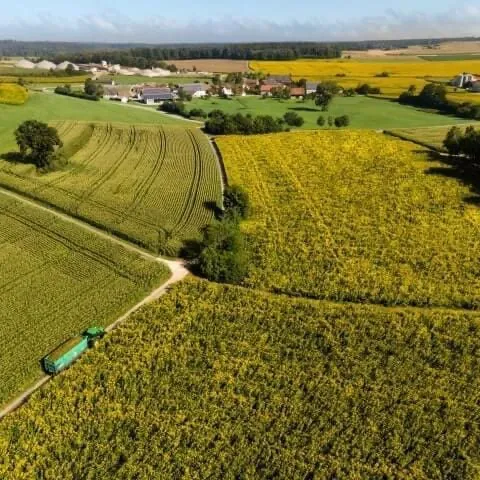paper.


Silphie paper is made of silphie fibers and conventional pulp or recycled paper. Silphie fibers make up 35% of the fiber content in our paper products.
OutNature’s silphie fibers offer a primary fiber material that is grown and processed locally and can be used as an ecological fiber alternative for paper production. The fibers themselves form hydrogen bonds, which enables stable sheet formation. The finished product features a good strength value thanks to the binding properties of the fibers and their high volume.
Our silphie paper is “Made in Germany” – from seed through cultivation down to fiber processing and paper manufacture. Growing silphie locally means we can cut transport distances and reduce carbon emissions.


Our silphie paper can be recycled just like conventional paper. You can dispose of it in the waste paper stream like you normally would.
We sell silphie fiber-based paper and board with grammages ranging from 60 gsm. Our silphie paper grades – SilphiePaper, SilphieLiner and SilphieBoard – are suited to a wide range of different paper applications. While our primary focus is on packaging applications, particularly in direct contact with food, we also offer specific graphics applications. Our paper products are machine-smoothed and surface-treated, and feature good printability in standard printing processes (offset, flexo, screen and digital printing).
We offer a product line with a silphie fiber content of 35% in the paper. The Silphie fibers are combined with FSC®-certified pulp or recycled paper. The silphie fibers give the paper its brownish look and natural feel.



The Fraunhofer Institute for Environmental, Safety and Energy Technology (UMSICHT) examined the potential environmental impact of silphium-based paper and fibers and compared this with virgin fiber-based conventional pulp and packaging paper produced in Europe (data source: ecoinvent). The environmental impact of silphie fiber production is lower than that of cellulose fiber production, particularly in terms of energy and water use. The environmental impact of silphie fibers is far less than that of pulp. Silphie paper also features a host of environmental benefits that set it apart from pulp-based board: less fresh-water eutrophication, ozone depletion and smog buildup, more environmentally friendly use of mineral and metal resources, and an improvement in land use thanks to the silphium.
The use of silphie fibers as a substitute to cellulose is sensible from an ecological perspective. Based on our LCA (Life Cycle Assessment) carried out in 2021, there are advantages in 10 out of 13 impact categories. The only disadvantages are in the impact categories of eutrophication (marine and terrestrial) and acidification. These disadvantages are due to the fact that the silphium is an energy plant and is compared to wood. Would you like to take a closer look at the LCA?


Our paper products are available both as rolls and sheets. We will gladly provide you samples of our silphie paper products. Simply write to us using the contact form.

Stiftsbergstraße 1
74172 Neckarsulm
Registered office: Neckarsulm, Germany
Telephone contact (ext. service hotline):